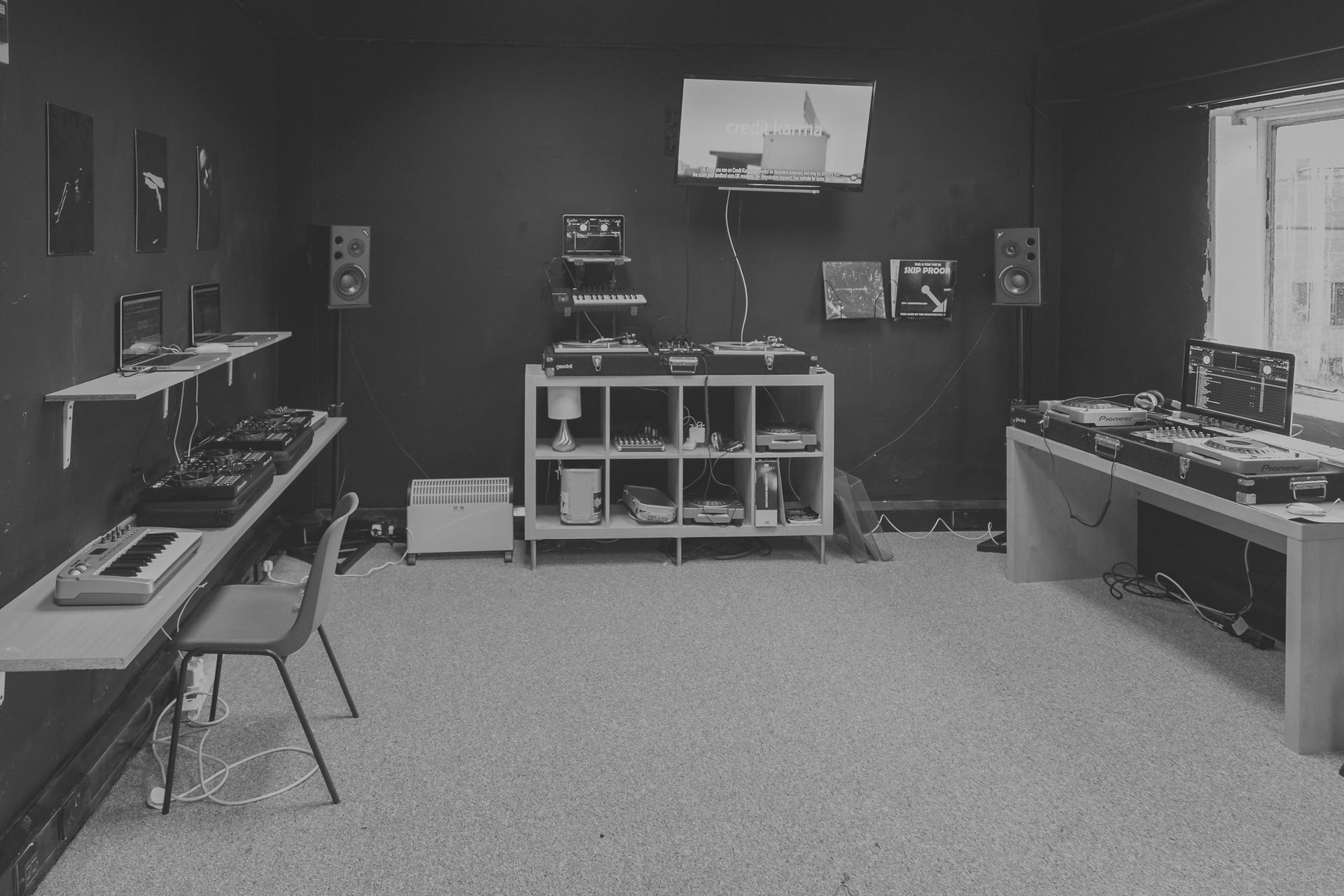DJ Mixer EQ - Beginner Misconceptions
- Aug 16, 2020
- 3 min read
The Equalisation (EQ) controls available to DJs on stand alone mixers and DJ controllers are crucial to the process known as 'mix' and 'blend'. For those making the transition from music production to DJing, then you will appreciate the importance of EQ for sculpting and crafting your sounds.
All too often I observe beginners miss using these controls by boosting the bass and treble because it has more presence. This can be down to two things. One is the monitor system being used to hear the music and the other is a lack of knowledge on how to use EQ correctly. With some general theory, you will be able to improve your DJ mixes massively.

The three bands of EQ found on a DJ mixer will be labelled either:
Low - Mid - High or Bass - Mid - Treble

On a standard DJ mixer you will find 3 bands of EQ. The bands refer to sections of our human hearing range stretching between 20Hz all the way to
20, 000Hz (shortened to 20KHz).
To relate your EQ dials to our human hearing range you should be aware of what is known as "cross over frequencies'. Your bass dial will control 20Hz - 200Hz. This will be sub bass, the kick drum 'thud' and 'wood' of the snare. The mid dial will control 200Hz - 4000Hz. This zone is the most detailed and contains the 'body' of your song including melody, lead sounds, vocal, weight of drums and percussion.

Some DJ Mixers such as Allen and Heath Zone 96 have 4 bands of EQ and split the mid range into two, providing dials for low, mid and high mid ranges. In this case the low mid would control 200Hz - 1000Hz and the high mid 1000Hz - 4000Hz.
The bass dial will control 4000Hz (4KHz) - 20,000Hz (20KHz). This zone covers the 'sheen' or 'brilliance' of your song including the hi hats, cymbals, high vocal and the perception of stereo width.
Now you're aware of what frequency range each dial controls and the types of instrument that live in each zone, what else do you need to know?
The question is whether you cut or boost the band in your DJ mixes. The answer will almost always be to cut rather than boost and the reason is about creating 'space' for other frequencies in your mix. When you DJ at home using lower volumes, boosting the EQ will not sound so significant. However at higher volumes on a PA system it will have a major impact on your audience.
When you observe your EQ dial it will likely read +6db or 12db on the lower right side and -12, 24, 36 or inf (infinity) Db on the lower left side. Db stands for decibels and is the unit measurement of volume and your EQ dial controls the perceived loudness of that frequency band.

When you boost a particular band, you alter the sonic characteristics of the song and can 'muddy' or intensify the higher frequencies. This will only make the song sound unpleasant and potentially distorted. It will also affect the volume overall and can cause your master volume to clip.
When you approach your mix of two songs, think about creating space, by cutting unwanted frequencies and create smooth 'blends' that do not jar the listener. Find suitable places in your mix to switch or balance frequency bands between the incoming song and the current track. Remember the neutral position of your EQ dial will always be 12'0clock, so anywhere to the left will cut and anywhere to the right will boost.
Please note this article is to bring awareness of what your EQ dials control and the sonic considerations when using them. It does not cover detail on when EQ should be used or how they are applied in practice. This will be covered in a separate article.
Thank you for reading
Ian - Owner of Creative DJ School.





Comments